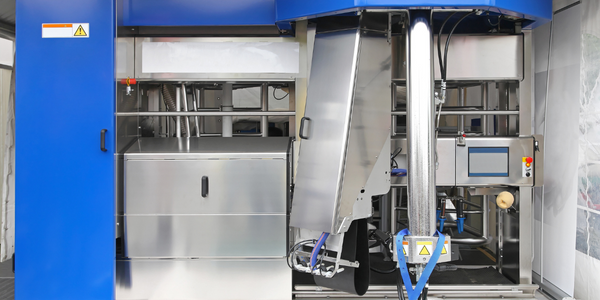Technology Category
- Analytics & Modeling - Machine Learning
- Sensors - GPS
Applicable Industries
- Agriculture
- Finance & Insurance
Applicable Functions
- Maintenance
- Procurement
Use Cases
- Time Sensitive Networking
- Usage-Based Insurance
Services
- Data Science Services
- Training
About The Customer
Swiss RE is a leading global provider of reinsurance and insurance. It operates through a network of around 80 offices globally. It is a diversified insurer, offering a wide range of products from property and casualty to life and health insurance. The company serves a broad client base that includes insurance companies, mid-to-large-sized corporations, and public sector clients. Swiss RE is known for its strong capacity to provide high-quality, custom-made insurance and reinsurance solutions to its clients. The company is also recognized for its expertise in managing capital and risk.
The Challenge
Swiss RE, a leading global provider of reinsurance and insurance, was facing a series of challenges in the insurance market. The market was showing slow growth, with a significant percentage of customers acting like booking.com, reading reviews before joining an insurance product. Additionally, changes in law regulation, from IT to Internet to privacy, made it extremely difficult to release new products into insurance. This resulted in a lack of trust from regulators to insurance companies, from insurance companies to the people, and from people to insurance companies. Swiss RE needed to find a way to extend its geo-reach, geo-enable its data, and monitor its assets to overcome these challenges.
The Solution
Swiss RE decided to leverage Geodata Modeling (GDM) to address these challenges. They began by playing with coordinates, contextualizing their data, and monitoring their assets. They used satellite imagery to demystify capabilities and tailor solutions for the business. For instance, they used geodata to predict the abundance of mosquitoes and fuel prices, which are relevant to insurance. They also developed a vendor assessment process to select the best vendor for their needs. They used IBM PAIRS for data fulfillment, Google Earth for unparalleled horsepower, and ExoLabs for tailored results. They also developed a platform using CARTO, which allowed them to analyze all of Brazil. They also provided an email service to their clients, which fired up a VM, performed the classification, delivered a result to Dropbox, and provided a link for them to download it.
Operational Impact
Quantitative Benefit

Case Study missing?
Start adding your own!
Register with your work email and create a new case study profile for your business.
Related Case Studies.
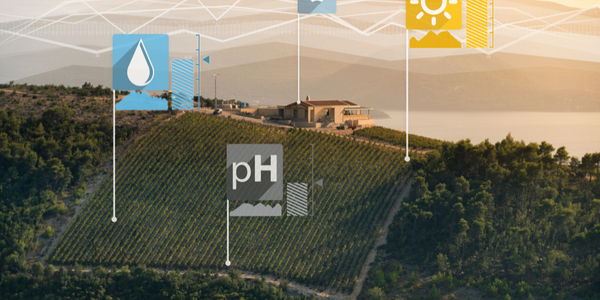
Case Study
Intelligent Farming with ThingWorx Analytics
Z Farms was facing three challenges: costly irrigation systems with water as a limited resource, narrow optimal ranges of soil moisture for growth with difficult maintenance and farm operators could not simply turn on irrigation systems like a faucet.
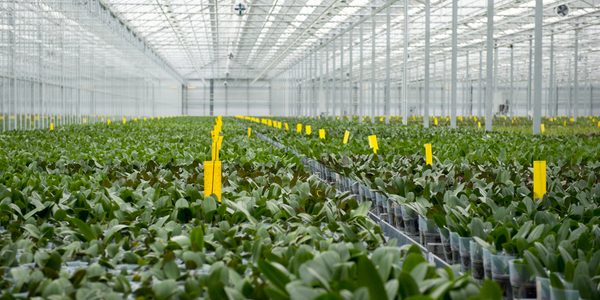
Case Study
Greenhouse Intelligent Monitoring and Control Solution
Farming Orchids is the most successful form of precision farming in Taiwan, and also the most exported flower. Orchids need a specific temperature and humidity conditions to grow and bloom, and its flowering time may not be in line with market demands, so the price collapses when there is overproduction. Therefore, some farmers began to import automated greenhouse control systems for breeding and forcing, which not only improves quality, but also effectively controls the production period and yield to ensure revenue. In 2012, an orchid farmer built a Forcing Greenhouse of about 200 pings (approximately 661 Square Meters) in Tainan, Taiwan. The system integrator adopted Advantech’s APAX-5000 series programmable automation controllers to build the control platform, coupled with Advantech WebAccess HMI/SCADA software, to achieve cloud monitoring. The staff of the orchid field can monitor important data anytime via smart phone, iPad, and other handheld devices, and control the growth and flowering conditions. System requirements: In the past, most environmental control systems of orchid greenhouses in Taiwan used PLCs (Programmable Logic Controller) with poorscalability and control, and could not be connected to the Internet formonitoring from the cloud. For advanced database analysis and networking capability, the PC platform must be adopted. Therefore, PAC Systems (Programmable Automation Controller) with both PLC programming capabilities andPC functions is a better choice.The environmental control of the Orchid greenhouse switches on and off devices like fan, shade net, cooling/heat pump, liquid flow control, water-cooling wall etc. It is controlled by a control panel of electric controllers, and is driven by a motor, to adjust the greenhouse temperature, humidity, and other environmental conditions to the set parameters.
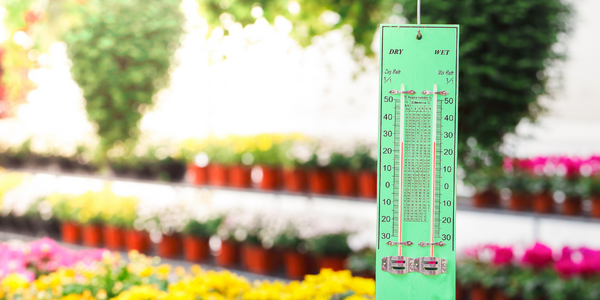
Case Study
Precision beekeeping with wireless temperature monitoring
Honeybees are insects of large economic value and provide a vital service to agriculture by pollinating a variety of crops. In addition, bees provide us with valuable products such as honey, beeswax, propolis, bee venom, etc. Monitoring of honeybee colony health, population, productivity, and environmental conditions affecting the colony health have always been exceedingly difficult tasks in apiculture. Research has shown that even small deviations (by more than 2°C) from the optimal temperatures have a significant influence on the development of the brood and the health of adult bees.
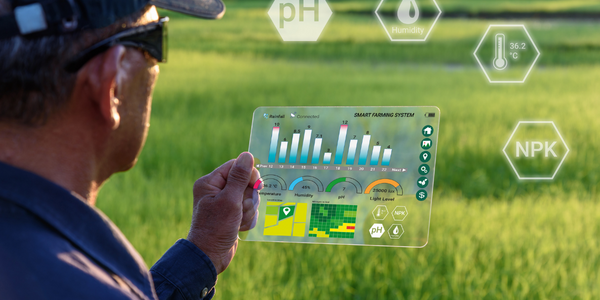
Case Study
Enabling Internet of Things Innovation in Agriculture
DigiBale, wanted to apply technology know-how and IP from implementations successfully to more agriculture sectors including cotton, forestry, sugarcane and cattle. However, farmers and growers still have worries about the connected technology.








